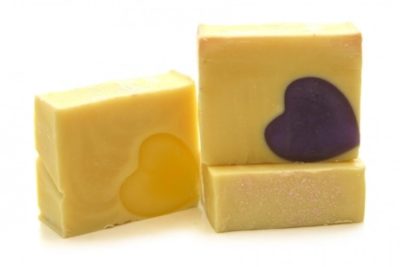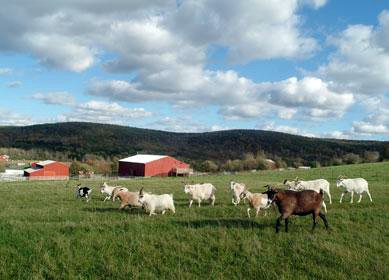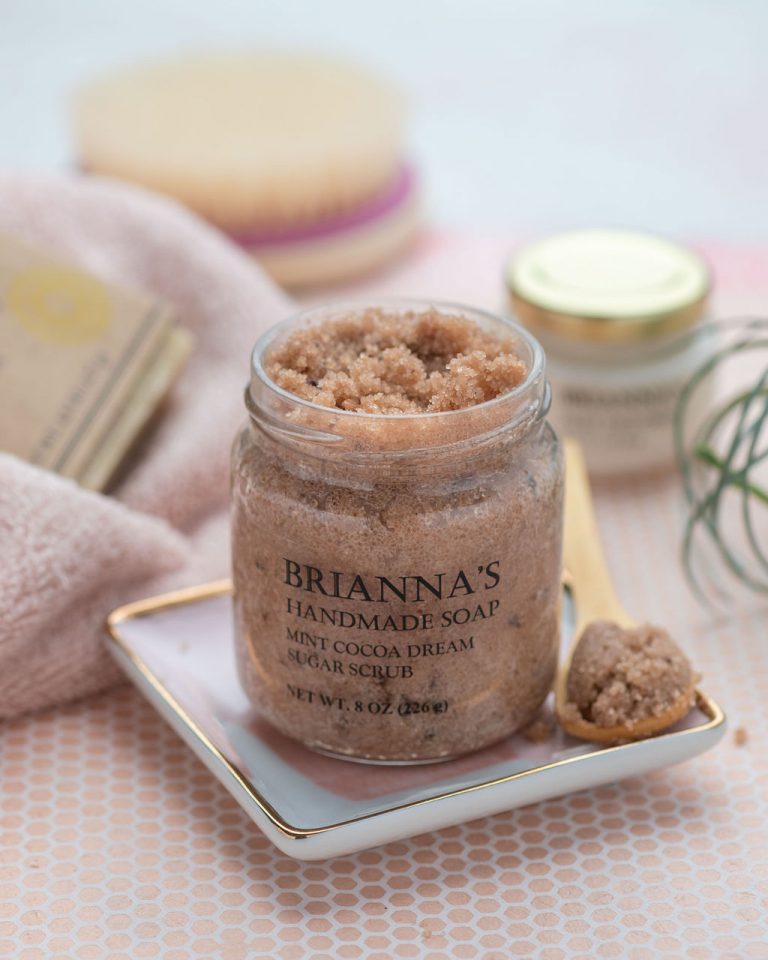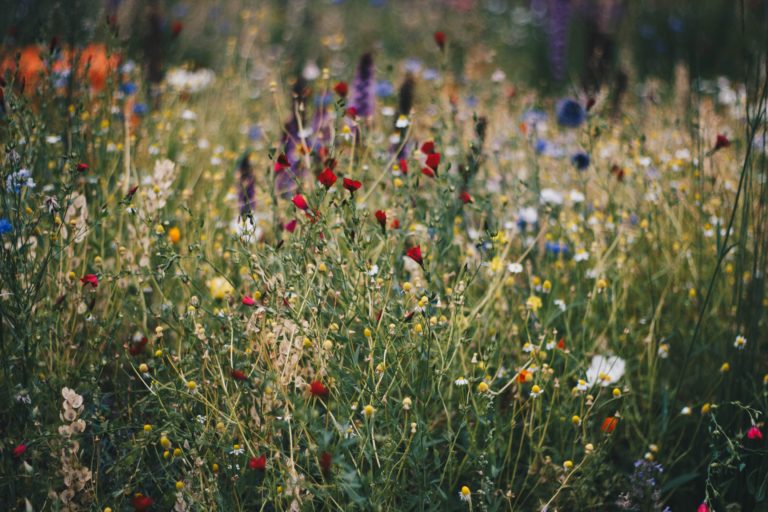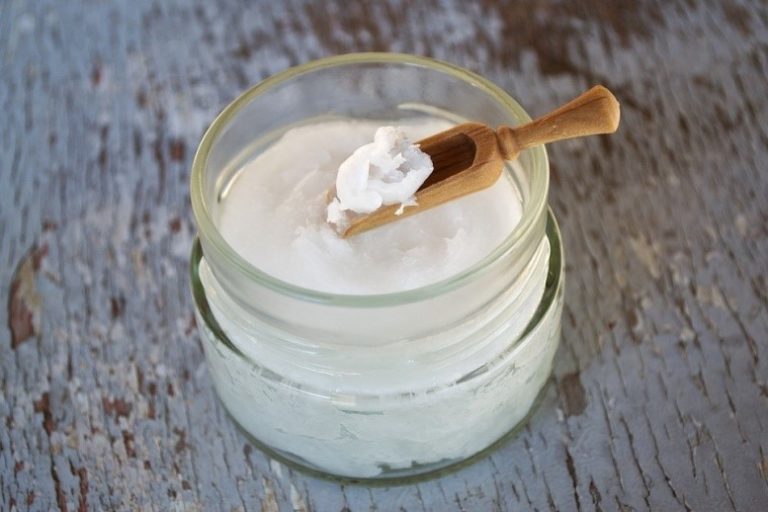How to Make Your Own Handmade Soap
Handmade soap making is becoming an art that is fun, frugal, and practical. Handmade soap is a superior alternative to manufactured soap. It is more moisturizing, longer lasting and contains all-natural ingredients that are healing instead of harsh and drying.
More and more people have been enjoying taking part in this fun and rewarding hobby. Many times while selling at a market or talking to friends I’m asked how I make the soap that I sell. I thought I would share an easy recipe with you so you can try your hand at making your own high quality soap at home!
Supplies Needed
Immersion blender
Large glass bowl
1 pint glass jar
Goggles and gloves
Mold (this can be a shoe box or any rectangular plastic container)
Ingredients
10oz of coconut oil – this will help produce lather
20oz of olive oil – this will make the soap moisturizing and mild
1oz lavender essential oil (or any essential oil you choose!)
4oz of lye – this is also called sodium hydroxide and can usually be found at your local hardware store or Home Depot
9oz of cool distilled water
Directions
*Before you begin, it is very important to remember that you have to be careful with lye. Lye is a strong, caustic base that can cause chemical burns to your skin. To prevent this, be sure to wear glasses and gloves throughout the process. Mix your lye and water in a ventilated area, preferably outside. If you happen to get lye on your skin, rinse it off with cool water.
Now to our recipe!
- Cover your work area with newspaper and put your gloves and other protective gear on. Measure the water into a large glass bowl. In a well-ventilated area, slowly add the lye to the water while stirring. (Note: Always add the lye TO the water, never the other way around to avoid splashing). When stirring, stand at a distance to avoid fumes. When the water returns to its original color, you can let it sit and proceed. Mixing lye with water causes an exothermic reaction, meaning that the solution will get very hot.
- In a glass jar, add the oils together. Heat the oils until they are in liquid form (in a microwave or in a double boiler). The temperature of the oil should be 120° or so. The lye mixture should be close to this temperature as well. Monitor the temperature of the lye mixture as well as your oil and let both of these mixtures come down to between 95°F and 105°F.
- When both mixtures have reached the correct temperature range, pour the oil into a bowl. Slowly add the lye mixture to the oil. Stir the mixture using an immersion blender until the soap becomes light and gets thick, resembling vanilla pudding.
- Add the essential oil and stir once again with the immersion blender just enough for the essential oil to be evenly dispersed. Pour the mixture into a mold and wrap an old towel around the base of the mold. This way the residual heat will stay in and the saponification (process of the base ingredients becoming soap) will begin.
- Check your soap after 24 hours, if it is warm and soft then let it sit for another 24 hours. When it becomes firm and cool, remove it from the mold and then cut it into bars. Let the soap cure for 4 weeks (keep switching the sides so it can be exposed to air on all sides).
- Once the soap has cured fully and the bars are hard you then have your very own soap that you can use!
This is the way to make soap at home! It is not only easy, but it will also give you all the benefits of natural handmade soap.

